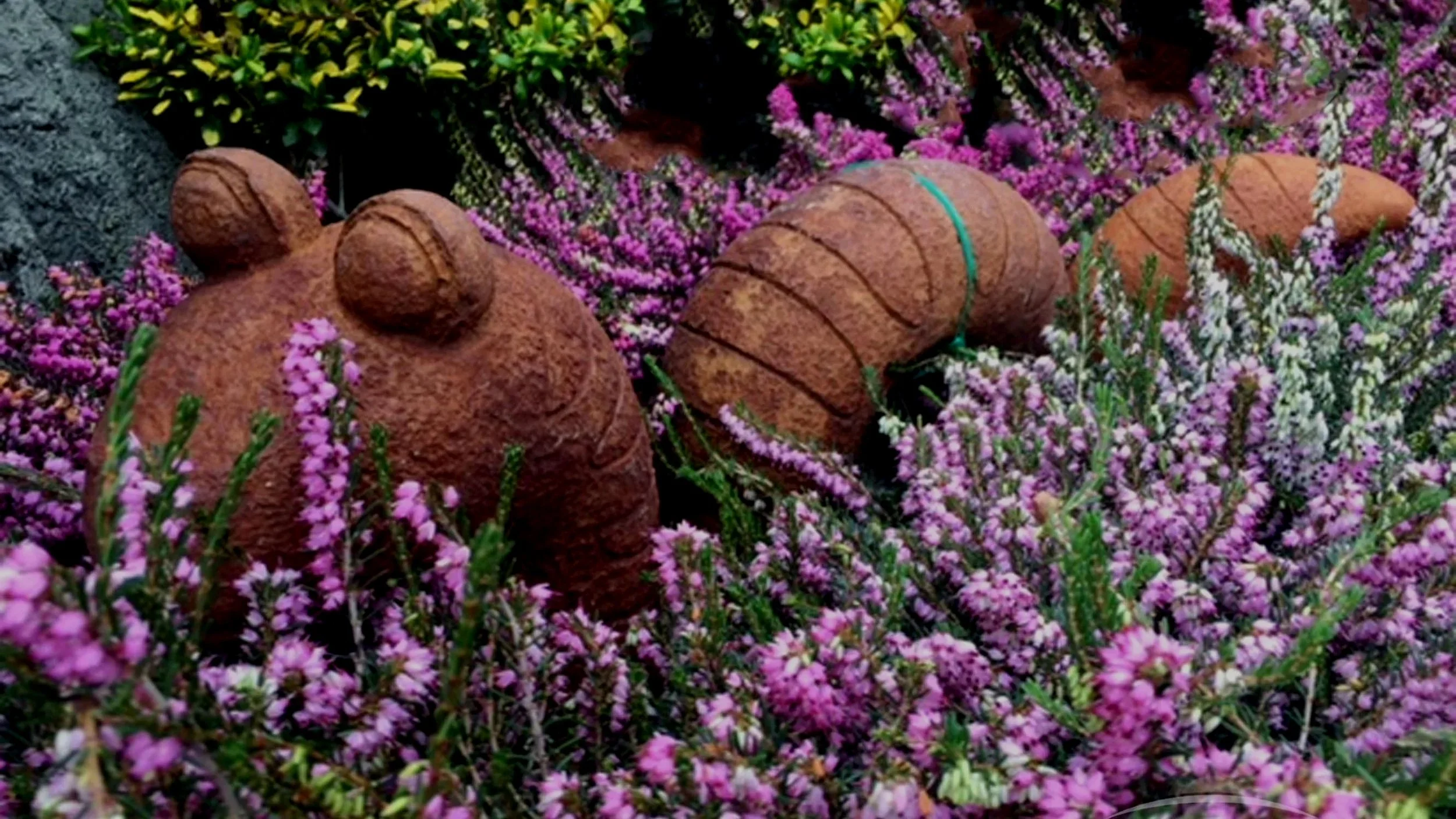August can either be a month where the fruits of our labors and expressions of love come together into a glorious crescendo of all the wonderful colors of the rainbow, or it can be a time when we head out for vacations and ball games, and our yards become neglected barren patches of dried out dirt, drought stressed shrubs, and parched lawns. This is the time of year that separates the hard-core gardeners from the casual gardeners, or what we like to refer to in the trade as “yardeners”. It should be no surprise that my hidden agenda has always been to convert “yardeners” into gardeners, so to that end, here are some tips to help make it happen…
Water and Fertilize: No matter how awful your soil may be, if you can water consistently and feed on a regular basis you can grow just about anything. If you fertilized in the spring, either organic or synthetic, chances are that it has all been used up and it’s time for another application. This is especially true for annuals and perennials, and definitely containers. A small application on shrubs and trees wouldn’t hurt either, but the only way you are going to keep those flowers going is to feed them at least weekly with a soluble feed like Miracle Gro or Sea Grow.
Mulch: It never hurts to spread a little compost around the garden to hold in moisture, keep down the weeds and add some microorganisms to the soil profile - about one inch is perfect.
Plant: By now you all should know my mantra on planting… You can do it year ‘round. Look around for blank spots and fill them with summer blooming perennials, the garden centers have tons of them this time of year. Believe it or not, bulbs like tulips and daffodils, will be in stock by the end of the month. Plant them now and have stunning, no fuss, blooming plants next spring.
Pruning and Dividing: This is an excellent time to thin plants out and shape them, remove suckers and water spouts and generally fine tune the garden. Cut back bloomed-out perennials (we call this deadheading) and they will often re-bloom in the fall. You can also divide spring blooming perennials, like daylilies, hostas, and iris to name a few, and either replant them in the garden or share them with your neighbors. Don’t forget to add compost and fertilizer when you plant!
Bugs and Diseases: The truth is that most bugs are just a nuisance and not terminally detrimental to our plants. They also are a good food source for the birds, so go lightly on the pesticides and learn to live with a less than perfect plant - Mother Nature will love you for it. Diseases can be a bit more problematic, especially if we ever start getting some morning dew, so check with your local garden center if you have concerns.
Lawns: Normally, by mid-August the nights have cooled down into the 50’s and it is perfect for germinating lawn seeds. With a La Nina predicted for this fall, it might continue to be dry and warm so September might actually end up being a better bet.
Veggies, Herbs and Fruits: Be sure to harvest on a regular basis and continue to feed them. Thin out the tomatoes so they don’t continue to set fruit that won’t have time to ripen. Transplants will start to show up again in the garden center later this month for the fall growing season, but in the mean time you can continue to sow seeds of lettuce and carrots and beets and onions.
Follow these tips and you will become a “gardener” in no time at all! Stay safe and keep on gardening!



